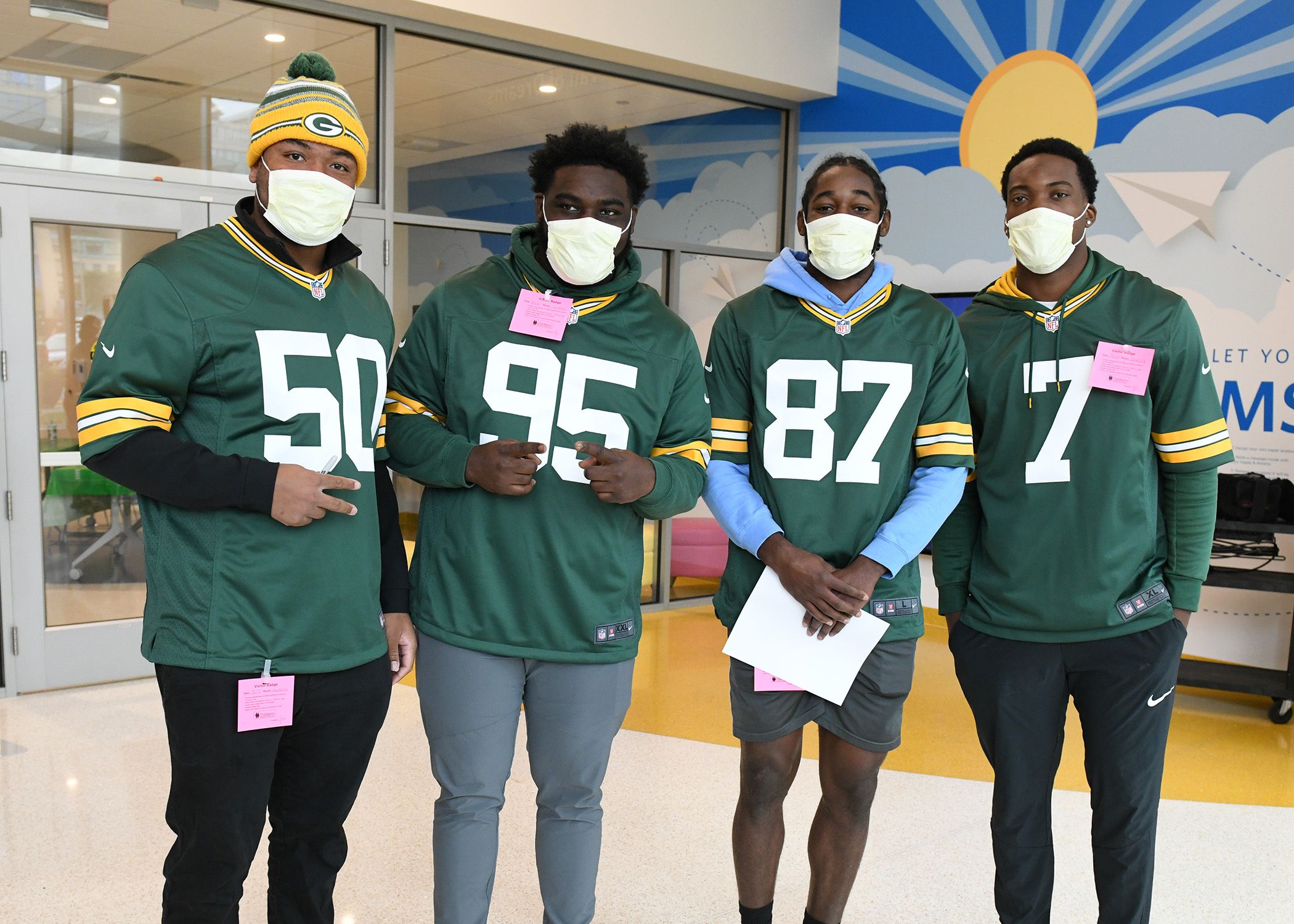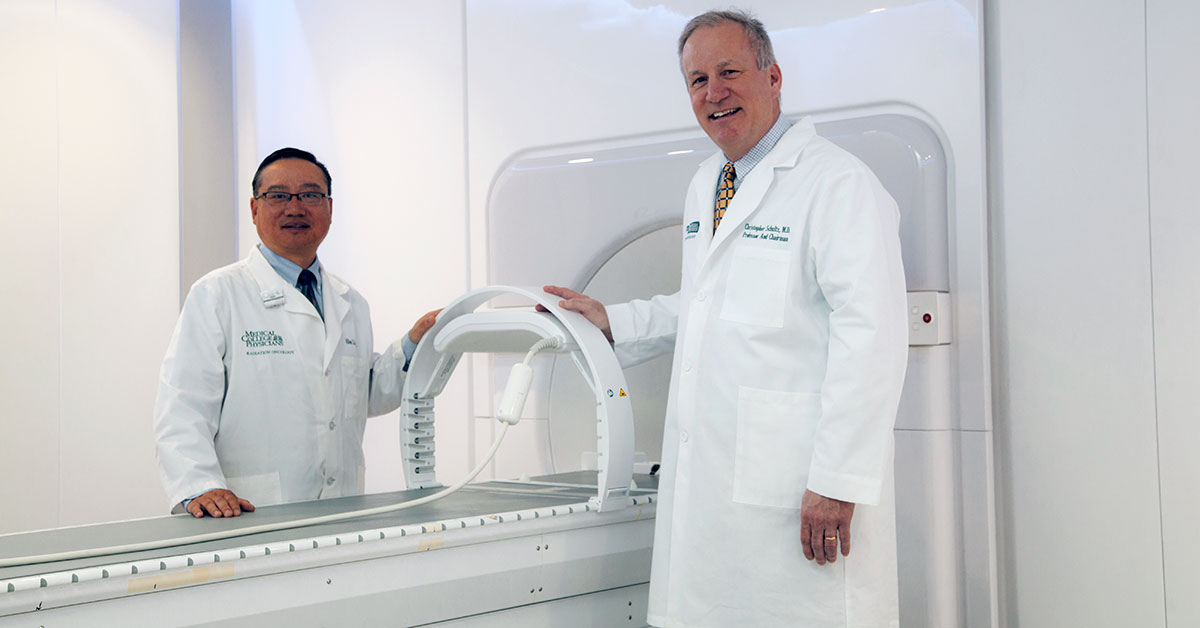 May is “Cataract Awareness Month”
May is “Cataract Awareness Month”
Don’t let poor vision cloud your outlook on life—educate yourself about cataracts
Cataracts are a leading cause of low vision in Latino-Americans. This is due in part to the higher incidence of diabetes in the Latino population (which increases the risk of developing cataracts) and to lack of treatment. Fortunately, vision loss to cataracts is curable with one of the most common and successful medical procedures in existence. Don’t let cataracts prevent you or a loved one from seeing life to the fullest. Educate yourself and take proper action by scheduling a comprehensive eye examination.
1. How does a cataract affect vision?
“A cataract is the clouding of the natural lens located inside the eye behind the pupil,” says Brett Rhode, MD, a partner at Eye Care Specialists, a local ophthalmology practice recognized for providing advanced medical, surgical and laser treatment of most all eye conditions. “This lens works like a camera lens—focusing light onto the retina at the back of the eye to form the images you see. As you age, protein in the lens can clump together and start to cloud. This is called a ‘cataract.’ As the clouding advances, it can blur or fog vision to the point of inhibiting day-to-day functioning. Depending on the type of cataract, the clouding may take years or just months to progress.”
2. What are the symptoms?
“Losing your vision is not a fact of life as you grow older,” says ophthalmologist Mark Freedman, MD. He advises scheduling an eye exam if you notice:
Foggy, fuzzy, blurred or double vision
Sensitivity to light and glare
“Starbursts” around lights
Holding items closer to view
Needing brighter light to read
Fading or yellowing of colors
Difficulty judging stairs or curbs
Difficulty seeing to drive at night
Vision changes affecting the ability to do tasks
Glasses and prescription changes don’t help
3. How do you get rid of a cataract?
“There are no drugs, drops, glasses or exercises that can prevent or cure cataracts,” says eye surgeon Daniel Ferguson, MD. “The only effective treatment is to make an opening in the eye, surgically remove the cloudy lens (cataract), and replace it with a prescription lens implant that acts like an internal contact lens to restore focusing ability, side vision, and depth perception.”
4. When should you have surgery?
Ophthalmologist Daniel Paskowitz, MD, explains, “It’s not necessary to wait to remove a cataract until it’s so ripe that almost all vision is blocked. In fact, if you wait too long, it can grow so dense that the operation becomes riskier and more difficult. I tell patients that if the cataract is preventing you from doing tasks, new glasses won’t improve clarity, and no other conditions exist which would negate the benefits of removal (like severe macular degeneration), then it’s time for surgery.” Studies have shown that prompt cataract removal actually reduces the risk of falls, injuries and car accidents and increases physical and emotional well-being and life span.
5. What happens during and after surgery?
“Cataract surgery is typically performed at an outpatient facility using local anesthesia (often just drops to numb the eye) and a no-stitch, self-sealing micro-incision to remove the cataract and insert the lens implant. The procedure itself usually takes only about 15-30 minutes. After surgery, patients go home and resume normal activities within hours. Their vision noticeably improves within days,” says eye surgeon Michael Raciti, MD. “Most people are so pleased with seeing things brighter and clearer, that they can’t wait to have their other eye done,” adds optometrist David Scheidt, OD.
FREE Booklets & Information
Prompt diagnosis and treatment are vital to protecting and preserving vision. Get checked for cataracts and other sight-threatening conditions. If you do not have an eye care specialist, call 414-321-7035 for free educational booklets (on cataracts, glaucoma, diabetes, and macular degeneration) and information about scheduling a comprehensive eye exam (typically covered by Medicare and most insurances) at their offices on 7th & Wisconsin Avenue (in the Wells Fargo Bank building across from the downtown public library), Mayfair Road (across from Mayfair Mall), or 102nd & National Ave. (in West Allis). They also offer detailed educational information at www.eyecarespecialists.net.





